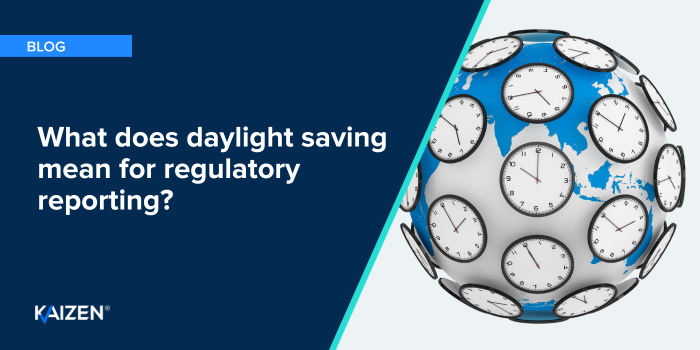ESMA updates its EMIR Q&A – delivery type for credit derivatives and reference rates

Another month, and another new Q&A from ESMA clarifying some key points for us all.
New TR Q&A 58
This time we see the new TR Q&A 58 which focuses on how to populate field “Delivery Type” for credit derivatives in the case of a credit event auction. As ESMA notes, “auctions are organised, and counterparties may subscribe to it only once a given credit event occurs”. Now at the time of concluding the derivative, we won’t know whether the counterparties would participate in the auction, and if they do, they may subscribe individually. In summary, and thank you ESMA for providing some much required clarity as the credit derivative would be cash settled, and therefore their guidance here is to populate field “Delivery Type” with “C”. This includes where one or both counterparties subscribe to the credit event auction.
TR Q&A 37
For the first time in the EMIR Q&A, we now see a reference to FIRDS under TR Q&A 37 – Access to data by the competent authorities. By now we’re all familiar FIRDS under MiFIR, and this particular amendment provides clarity when the field “Underlying Type” is populated with X for Index, or B for Basket and the field “underlying identification type” is populated with either of these. This will allow the regulator where that ISIN is associated with and belonging to the component of that underlying basket, to have full access to that transaction data. This aids the regulator in trying to observe the counterparties they supervise as well as trying to view the potential build-up of systemic risk, the purpose of the regulation.
TR Q&A 53
We’ve also seen ESMA amend TR Q&A 53 – Reporting of reference rates not included in Regulation (EU) 2017/105. ESMA confirms that the same approach as previously noted under TR Q&A 53(c) must be followed, and now provides the example where LIBOR is removed as the reference rate that counterparties should report a “modify” where the fallback reference rate is triggered. Moreover, ESMA also provides the guidance that the fallback rate will have a different ISIN. Field “Product Identification” should also be updated.
All in all, some welcome guidance from ESMA given the evolving regulatory landscape.
- To read the latest Q&A please visit ESMA’s website.
- For a conversation about the latest Q&A or the quality of your EMIR reporting, please contact us.


